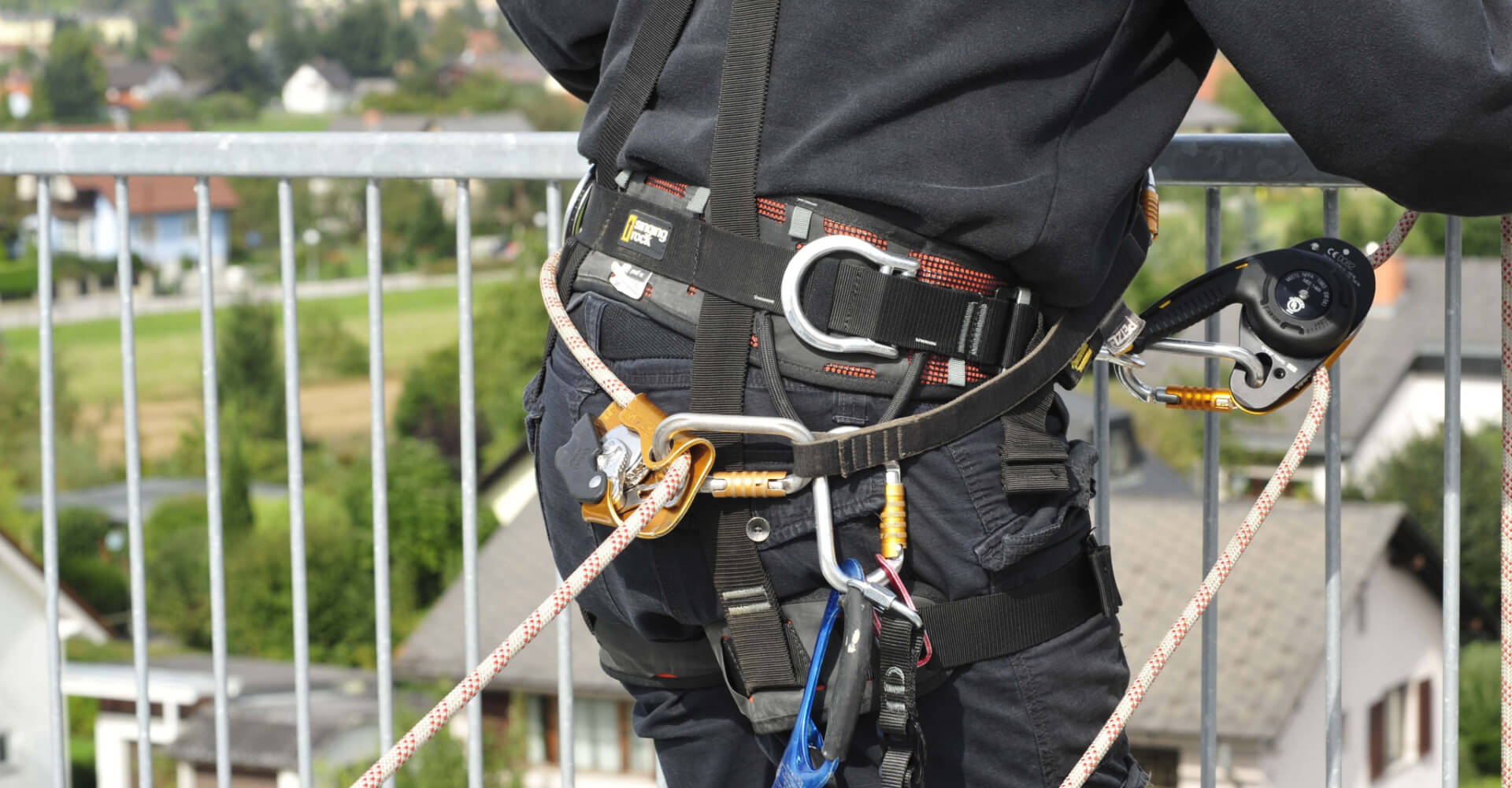
Working at heights is an inevitable risk involved in construction, maintenance, mining, factory work and other industries. In any workplace that involves heights of over 1.5 metres, it’s critical to have the appropriate working at heights training to ensure accurate risk assessments and appropriate safety measures are in place. At Intelligent Training Solutions, our working at heights course is tailored to provide Victorians with the practical experience and knowledge required to safely conduct work from heights.
Working at Heights Course
During a working for heights course, you learn how to develop risk assessments and safe work method statements for working at heights. Such a course is highly beneficial to overall workplace safety and ensures you comply with current OHS legislation. During working at heights training, you’ll gain practical and hands-on experience doing:
- Risk assessments
- Safe work methods statement
- Identifying and controlling hazards
- Anchor systems, selecting solid and reliable anchorage
- Fall restraint systems, selection of equipment and correct use
- Temporary work platforms
- Moving tools and equipment safely at heights
- Using scaffolding
- First aid for suspension trauma
- Using energy absorbing lanyards
- Correct use of ladders and ladder safety training
Work at heights training focuses on the importance of fall prevention rather than on just fall arrest systems. The course is designed to help workers gain the skills and knowledge to identify hazards and safely work at heights.
Managing Height Risks
Managing the risks involved in working at heights involve a step by step process of eliminating or minimising hazards where possible. For example, first ensuring all work is carried out on the ground or a solid construction. If that’s not possible, a safe system of work must be in place to provide adequate protection from falls, such as barriers, scaffolding and elevating work platforms.
If barriers aren’t possible, there should be a work positioning system such as an industrial rope access system. If that’s not possible, a fall arrest system should be in place. For example, a safety harness system, safety net or catch platform. A combination of these controls is typically needed to sufficiently minimise fall risks. Ensure work procedures are in place on how to install, use and maintain fall prevention devices.
Find Out More About Our Working at Heights Course
Ensure all workers maintain current qualifications for working at heights. Working at heights training should be refreshed every two years to ensure compliance. Keep in mind that managers who don’t personally work at heights must still know what it means to work safely at heights to ensure their staff are working safely. Enrol in a working at heights course at Intelligent Training Solutions in Victoria.
